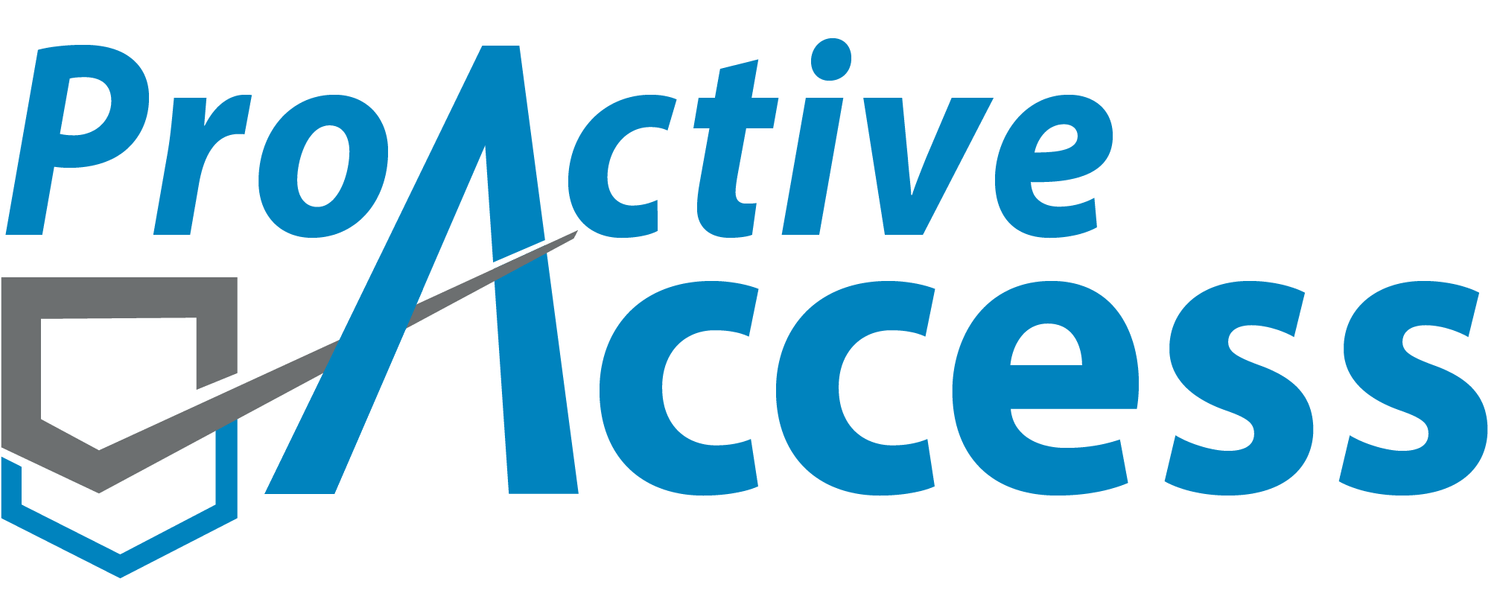2025 Valuation Threshold
Every year, the Division of the State Architect (DSA) publishes the updated Valuation Threshold for alterations, structural repairs or additions to existing buildings in California. This year, the 2025 Valuation Threshold has been increased to $203,611.00 and is effective immediately.
What is a Valuation Threshold?
The Valuation Threshold as defined in the 2022 California Building Code is an annually adjusted, dollar amount used in part to determine the extent of required path of travel upgrades. The dollar amount is adjusted annually and published every January.
When an existing site is altered in California, Section 11B-202.4 of the current CBC is triggered and requires an accessible path of travel to the area of alteration, addition or structural repair. For the purposes of 11B-202.4, the term “path of travel” also includes:
1. A primary entrance to the building or facility,
2. Toilet and bathing facilities serving the area,
3. Drinking fountains serving the area,
4. Public telephones serving the area, and
5. Signs.
Before construction of a project begins, a Certified Access Specialist (CASp), licensed architect or engineer that is familiar with disability access requirements should evaluate the existing path of travel to determine compliance. If the existing path of travel does not meet the current CBC standards, then those non-compliant elements are required to be improved. However, existing facilities (especially sites that pre-date the ADA) may have a non-compliant Path of Travel that would require significant costs to improve. So much so that improvement of the path of travel could potentially exceed the cost of the planned project. To protect property owners and developers from and unreasonable hardship, the Valuation Threshold provides a limit to the associated financial burden.
How Does the Valuation Threshold Work?
When the adjusted construction cost of a project is less than or equal to the current valuation threshold ($203,611.00), the cost of compliance with Section 11B-202.4 (path of travel) is limited to 20 percent of the adjusted construction cost of alterations, structural repairs or additions. When the cost of full compliance with Section 11B-202.4 would exceed 20 percent, compliance shall be provided to the greatest extent possible without exceeding 20 percent.
When the adjusted construction cost of a project exceeds the current valuation threshold ($203,611.00) AND the enforcing agency determines the cost of compliance with Section 11B-202.4 is an unreasonable hardship, then full compliance with Section 11B-202.4 is not be required. However, the owner or developer is not off the hook from providing an accessible path of travel if the valuation threshold is exceeded. A compliant accessible path of travel is still required be provided by equivalent facilitation or to the greatest extent possible without creating an unreasonable hardship; but in no case shall the cost of compliance be less than 20 percent of the adjusted construction cost of alterations, structural repairs or additions. If the enforcing agency determines that the cost of compliance would create an unreasonable hardship, then the details of that determination are recorded and entered into the files of the enforcing agency.
Consulting With a Certified Access Specialist
If an alteration, addition or structural repair is being planned, hiring a CASp consultant to evaluate the accessible Path of Travel early in the design phase is advised. Our Certified Access Specialists (CASp) consistently receive panicked calls from owners, contractors and architects that ignore the path of travel requirements until the building official brings it to their attention at the end of construction. This scenario can create costly change orders and delayed occupancy that is entirely avoidable. We always recommend taking a proactive approach to disability access by getting CASp Inspector involved early in the project.


